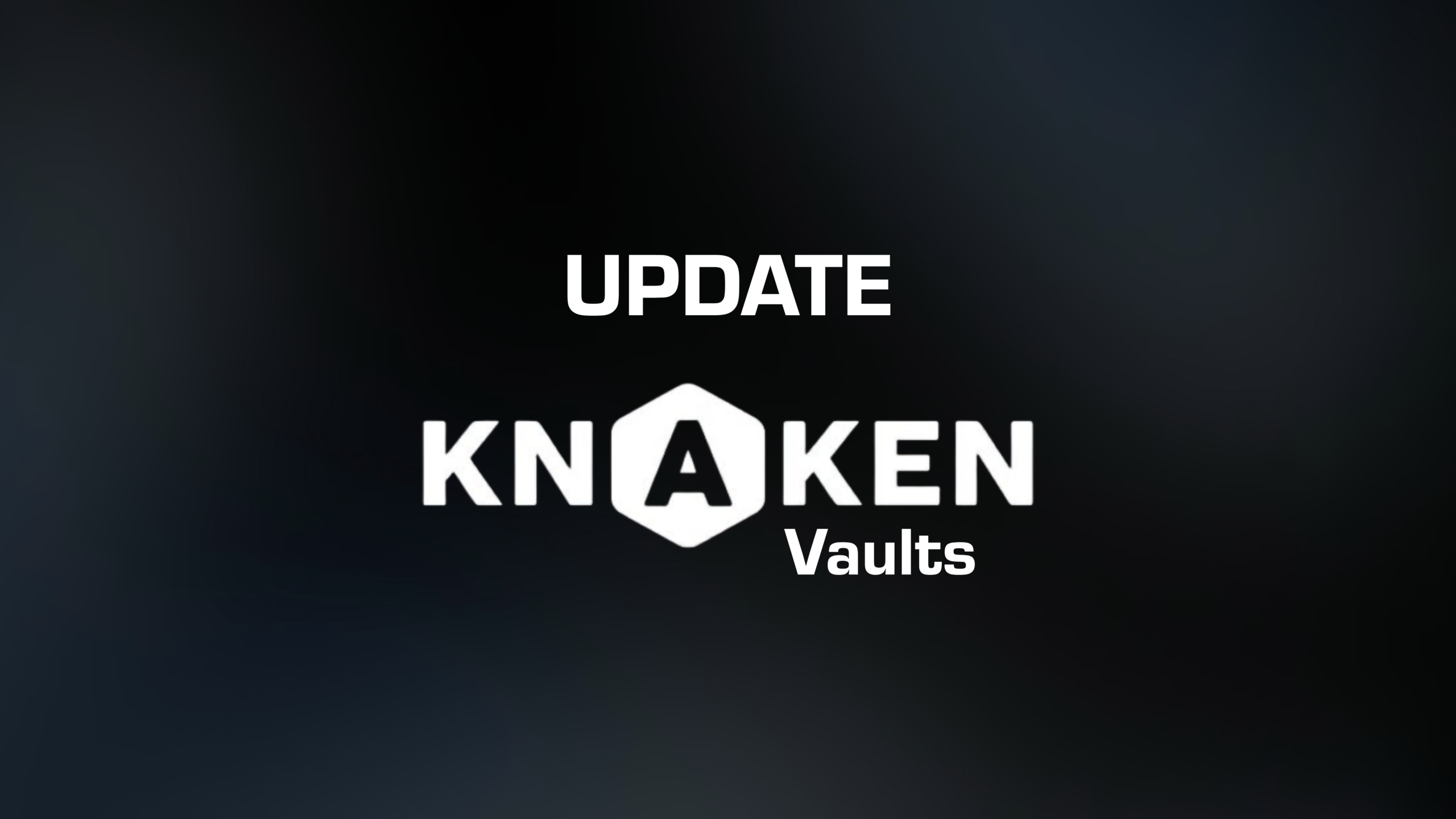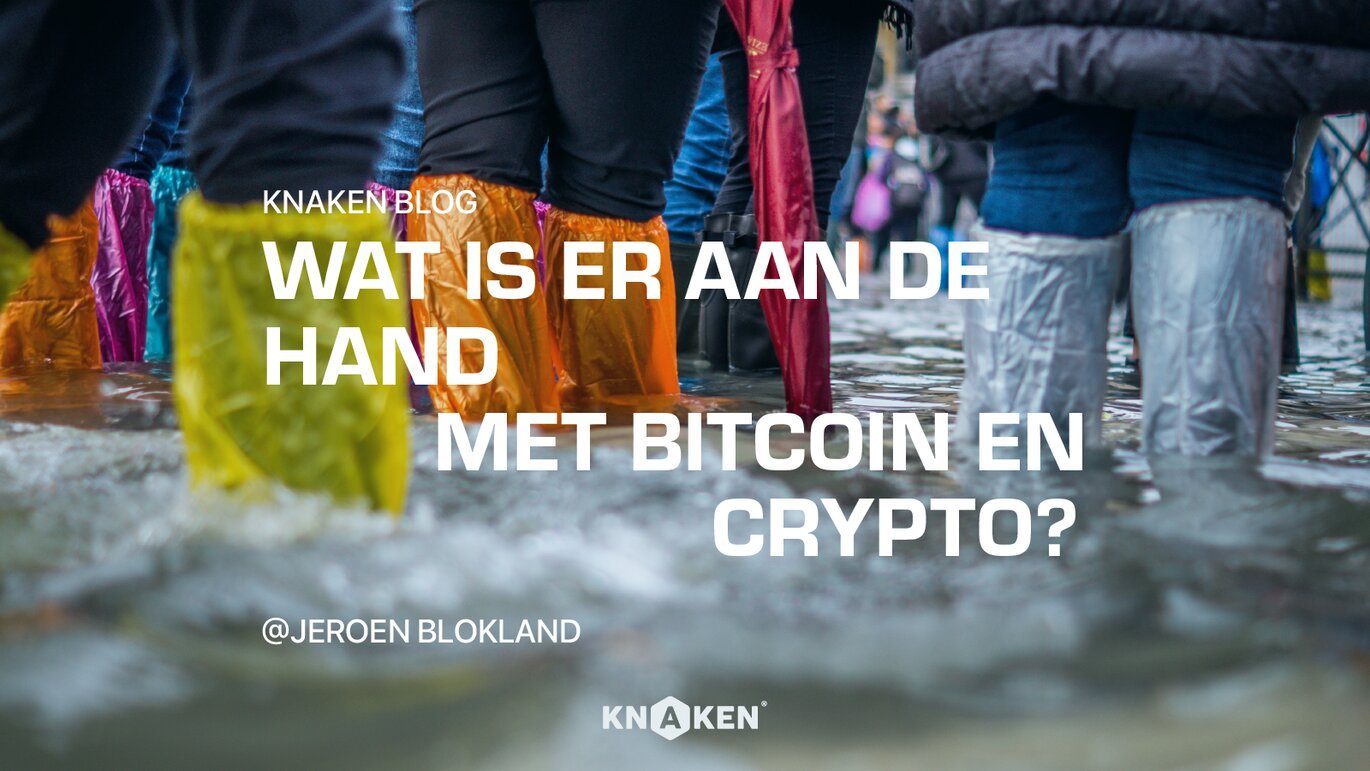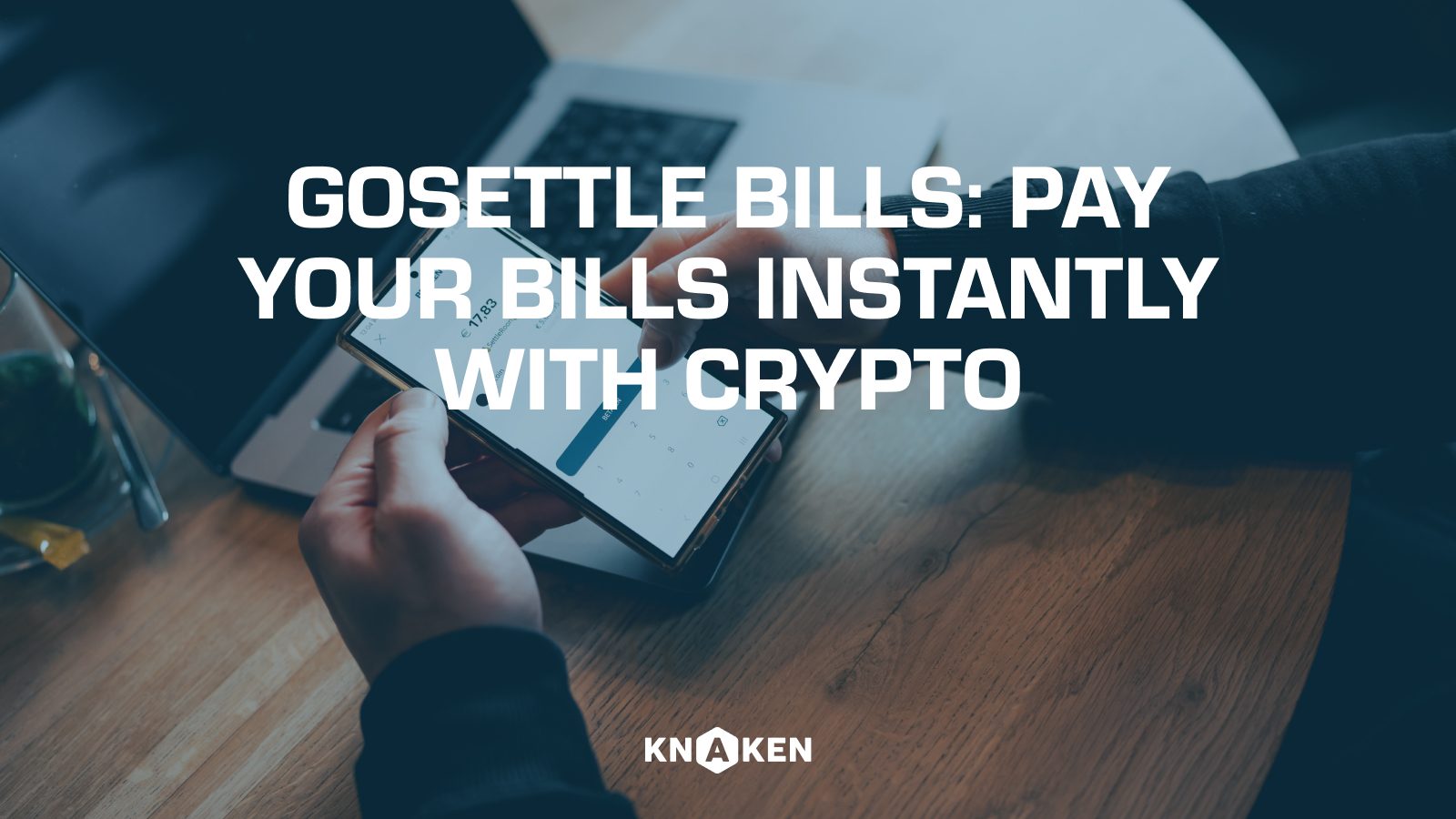

Financial markets have been under pressure in recent weeks. Measured in EUR, global stocks have declined by about 10%, while government bonds have just recorded their worst start to the year in decades. However, all these declines pale in comparison to those of Bitcoin. At the time of writing, Bitcoin has impressively dropped by 50% from its peak, again measured in EUR. But as the graph below shows, this is certainly not extraordinary, as such, and even larger, price reductions occur every few years.
Another Major Test
However, this does not diminish the fact that the entire crypto ecosystem is facing a new major test. The credibility and viability of stablecoins are at stake after one of the largest, TerraUSD or UST, failed to maintain its peg to the US dollar. Terra’s algorithm could not withstand the significant selling pressure on UST that began this weekend. This had an immediate negative impact on Bitcoin, as Terra had to buy UST and sell Bitcoin in order to defend the peg.
Stablecoins have become an essential component of the ecosystem because they function as native crypto-dollars, reduce market volatility, and enable investors to earn income or interest on their crypto assets within DeFi or Decentralized Finance. The collapse of Terra has led to a significant decrease in the so-called Total Value Locked (TVL), the sum of all crypto assets that are lent or staked via smart contracts within the DeFi markets. This creates volatility and pressure on other stablecoins.
A good example of this is Tether, the largest stablecoin in the crypto world with a market capitalization of around $75 billion. Unlike Terra, which uses an algorithm, Tether is backed by US dollars and other liquid, USD-like instruments. However, there are also doubts here, as Tether refused to disclose its holdings at the request of the Financial Times. And although there are valid reasons for not disclosing, Tether stated that it does not want to reveal its ‘secret sauce.’ This obviously causes additional volatility.
Credibility and Deep Pockets
The story of stablecoins is not so different from a country or central bank defending its currency peg. You need deep pockets and credibility to withstand market pressure. For now, this seems to be the case with other major stablecoins like USDC and Binance USD. In recent days, the price of Tether has also reverted to $1.
Overall, the credibility of asset-backed stablecoins, preferably US dollars, is much simpler—you either have it or you don’t—compared to algorithmic stablecoins, which will always raise questions about how ‘sound’ the underlying methodology is. In the case of Terra, several analysts and investors have expressed their doubts about algorithmic stablecoins.
What Does This Mean for Bitcoin/Crypto?
In the ‘real world,’ pegs also get lost. And occasionally by large, respected financial institutions. Just ask the Swiss National Bank, which had to abandon its peg of 1.20 to the euro in 2015. A major difference with Terra, however, is that the Swiss National Bank had the resources and credibility to limit the subsequent movements.
As uncertainty increases, prices will fall. And Bitcoin is no exception. The heightened fear surrounding stablecoins and the broader DeFi ecosystem means that a greater risk premium is required for the asset class. Moreover, regaining trust takes time. At the same time, if doubts about other stablecoins can be alleviated, this should allow Bitcoin and other cryptocurrencies to recover a part of their recent losses.



Knaken Cryptohandel B.V. has applied for a MiCA license from the Netherlands Authority for the Financial Markets (AFM). This application is currently being assessed by the AFM.
Investing in crypto-related products involves significant risks.















